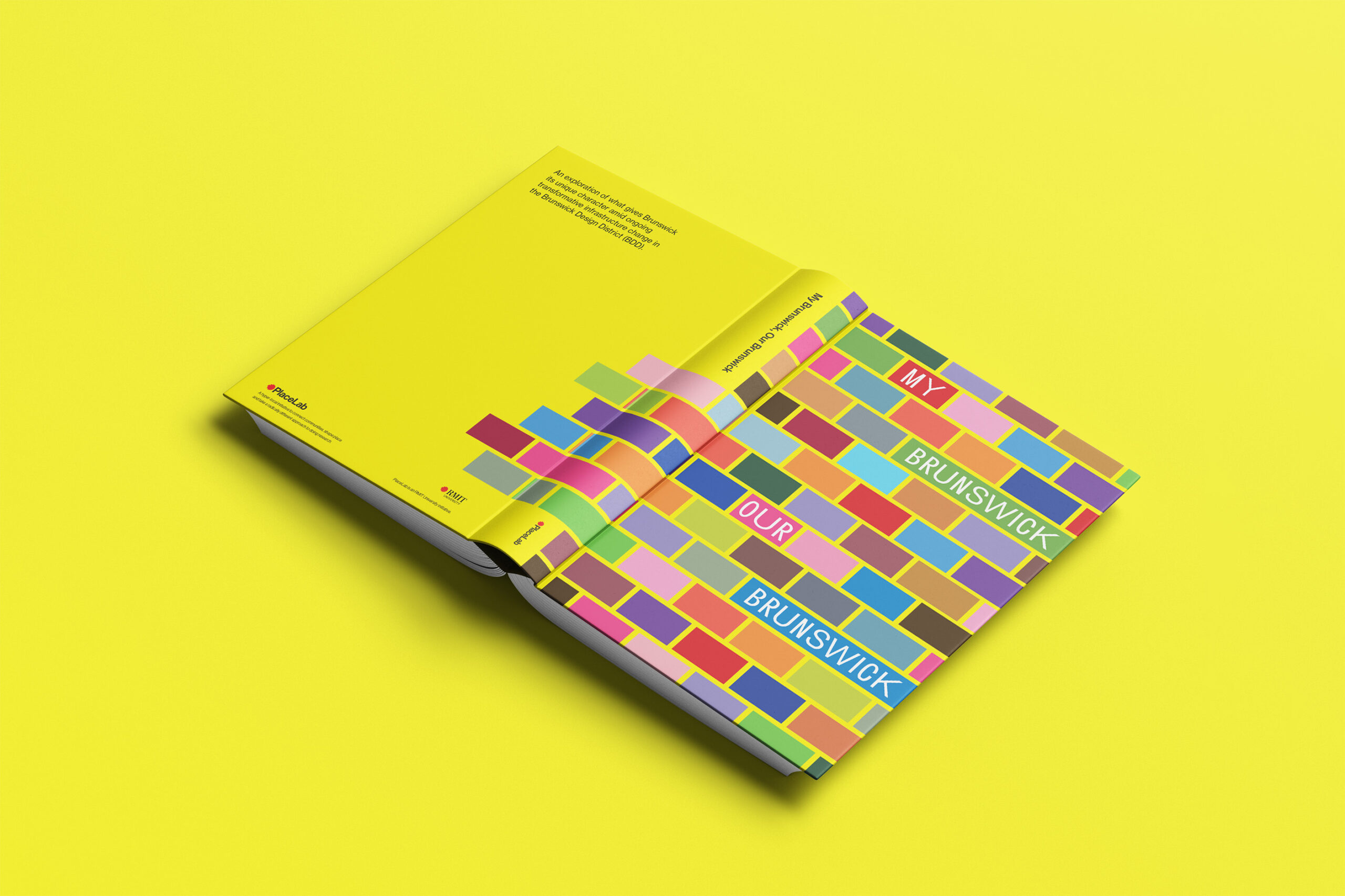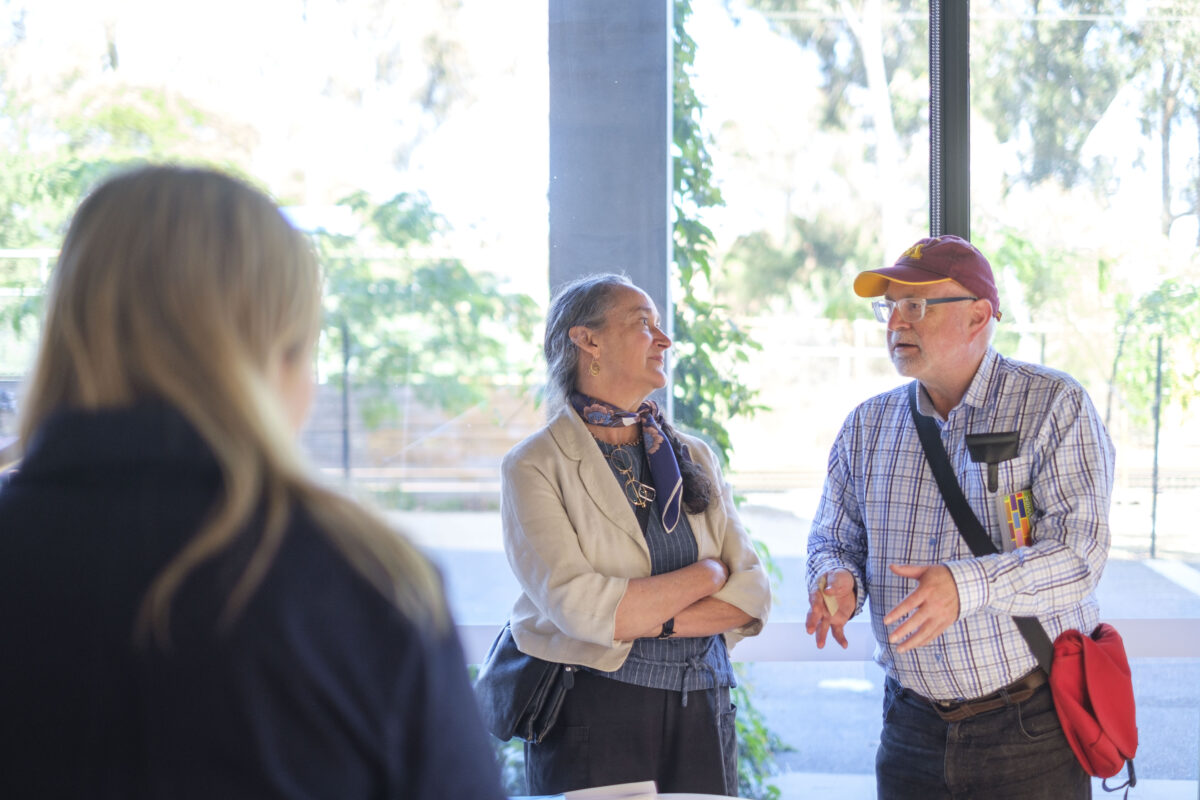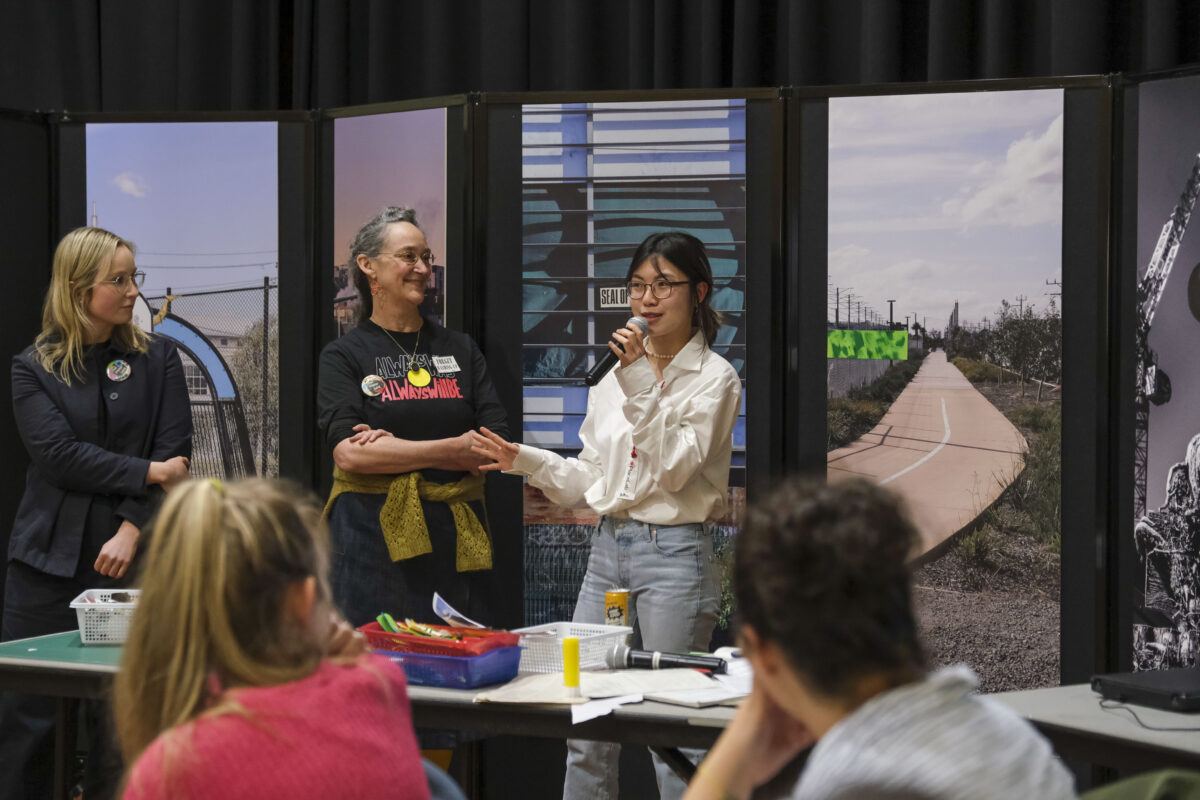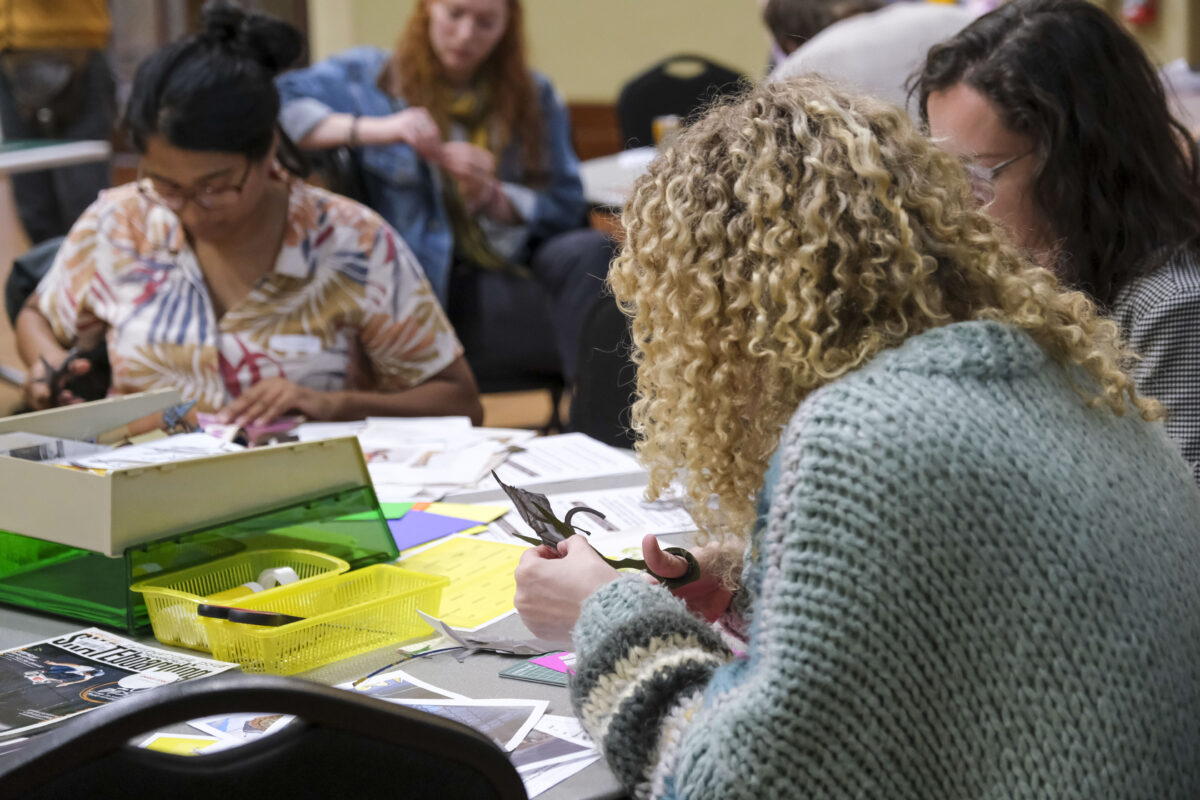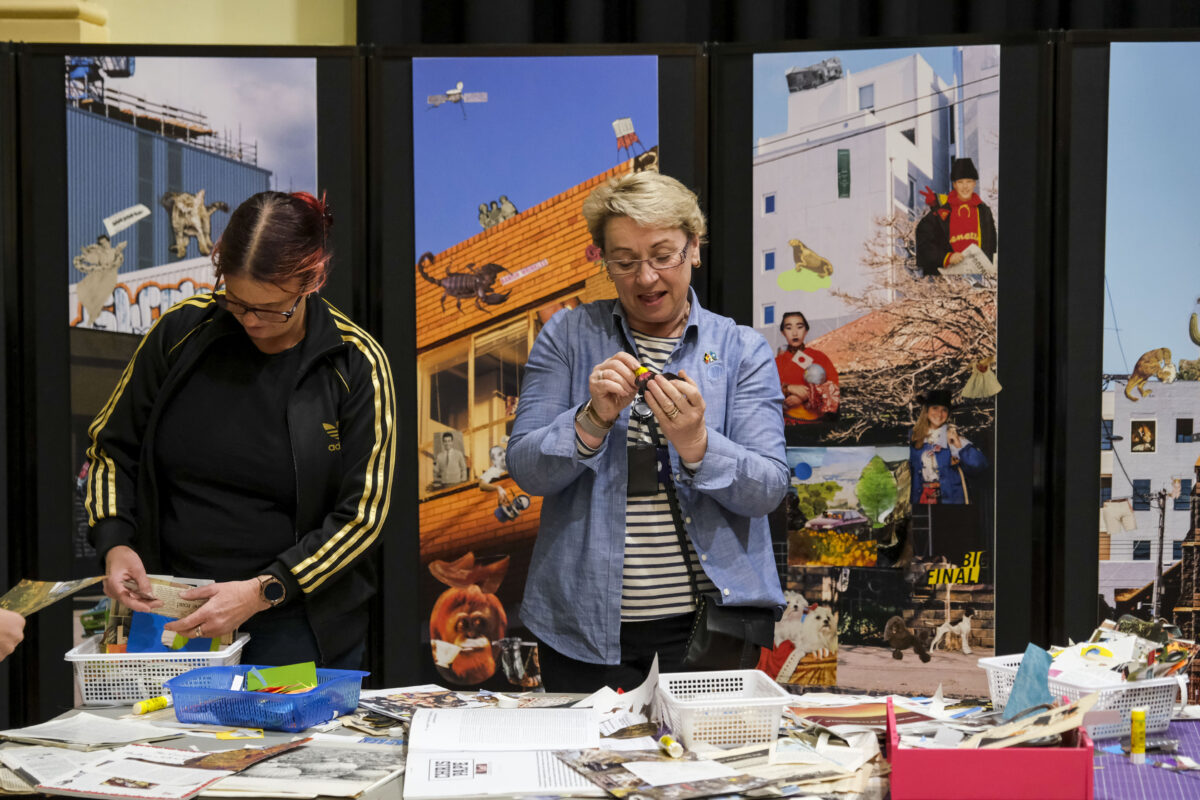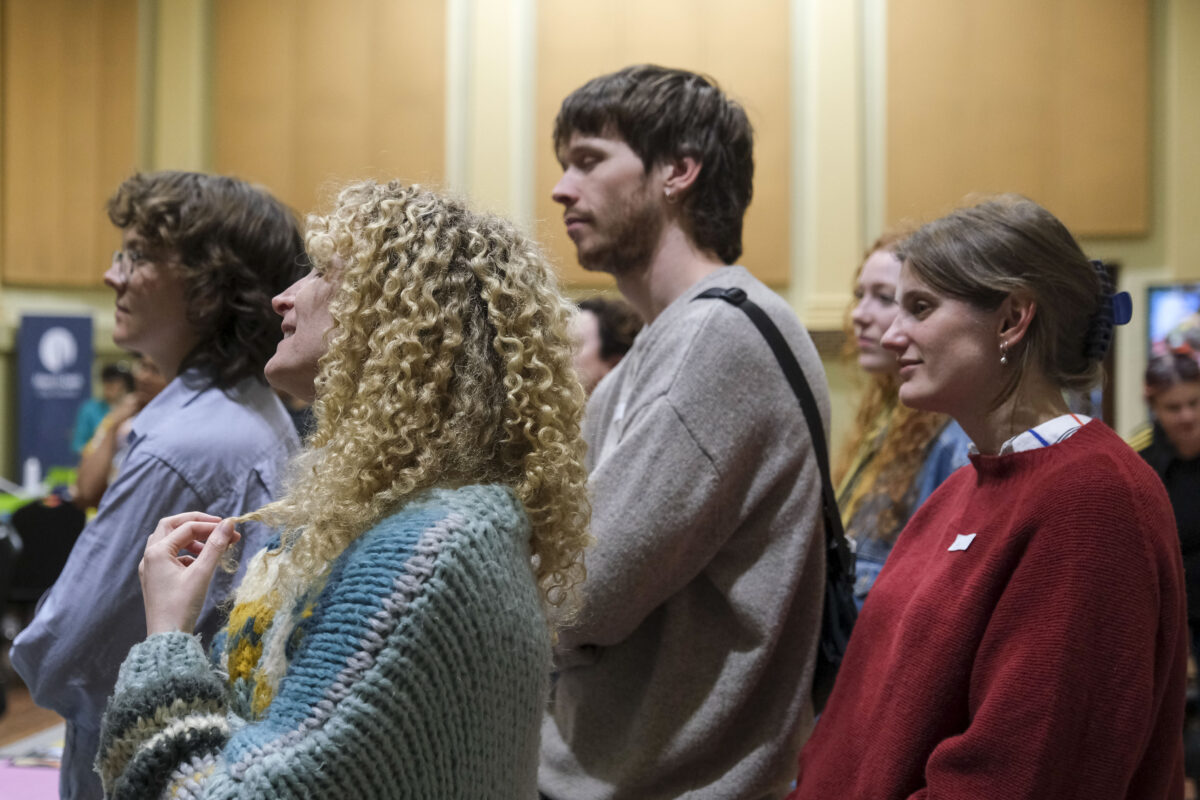
Voice, Vibe & Vision Summary Report
The Voice, Vibe & Vision Summary Report is here!
We explored what gives Brunswick its unique character amid ongoing transformative infrastructure change.
We engaged with community members, RMIT students, and local stakeholders through a range of activities to enable and encourage conversations about Brunswick now and into the future.
The character of Brunswick is vibrant, and our reflections identified ways to enhance what people love about Brunswick as well as considerations for designing the future of Brunswick.
Together, we’re tackling real-world, urban challenges and seeking innovations that improve liveability, community resilience and connection.
This summary will be shared with our local government and industry partners. Please feel free to send this link on to anyone or any organisation that might be intrigued!
Explore more in our full summary available to download from the ‘Download Report’ button above.



